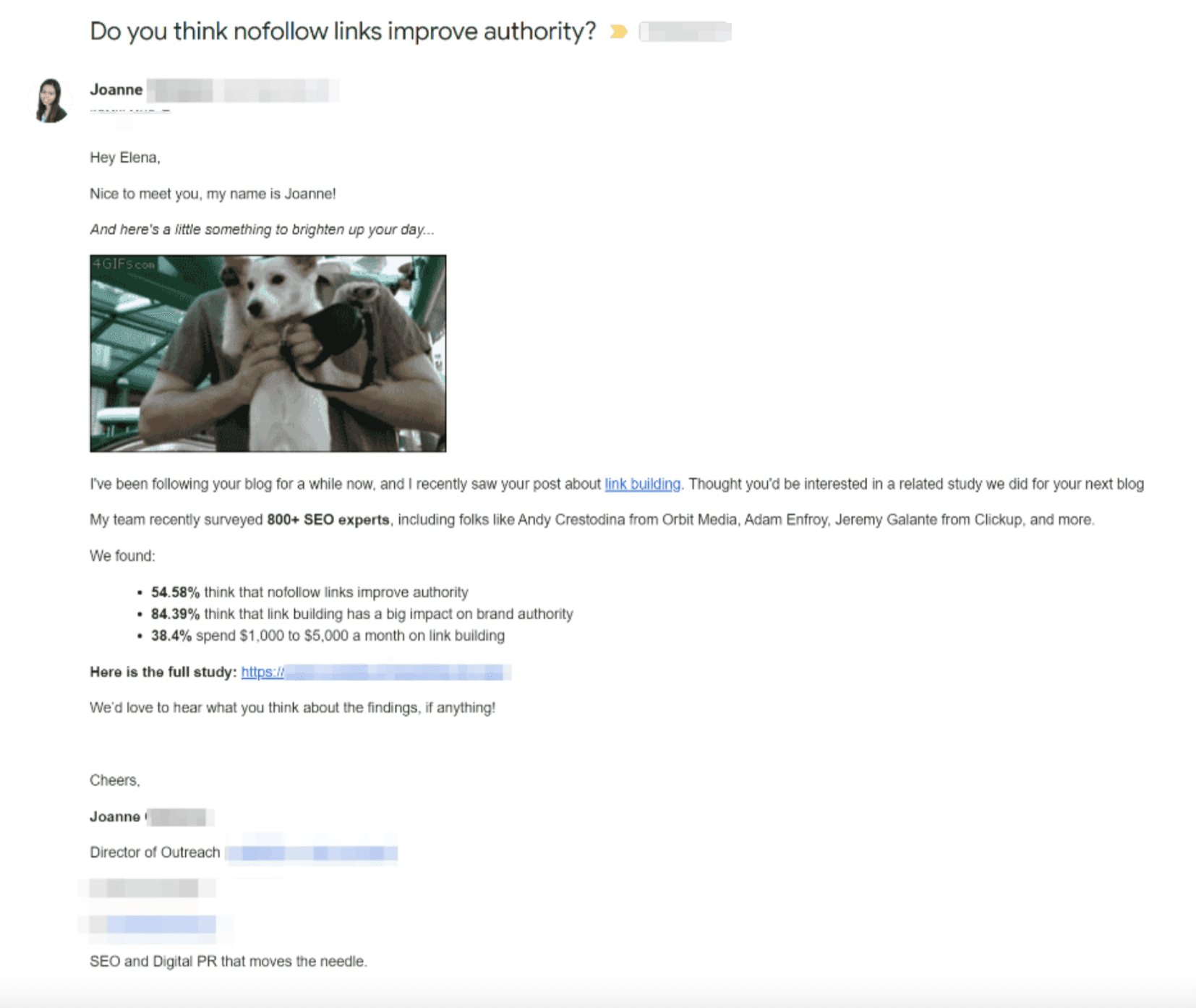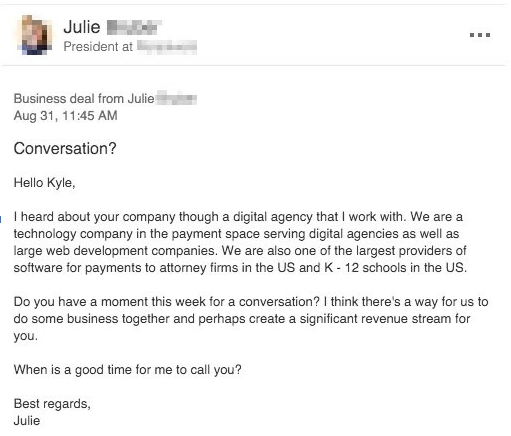When it comes to cold email campaigns, ensuring a high email deliverability rate is one of the main challenges. The fact is that mailing algorithms are pretty intelligent, and their main goal is to protect users from spam and malware.
When launching cold mailing campaigns, the risks of never reaching your leads are high. While the best email deliverability is 95% depending on the mail sender service, the average response rate for cold emails is only 1%, and the average spam placement rate is 7%.
.jpg)
Still, some tips and tricks can help your message be delivered correctly and aren't featured as spam. Let's find out how to improve email deliverability and achieve the highest expected ROI from your cold email marketing.
Do you really know what Email Deliverability is?
Yes, in simple terms, this indicator shows what share of your emails is actually delivered to the recipients' inbox. This nuance such impactful due to the «inbox» great advantage in open rate over any other tabs and folders. The best email deliverability strives to 95%, but it can be a little lower for cold email because of technical factors. The average deliverability rate is around 80%, based on data from major email providers.
.jpg)
Three essential factors directly affect the email deliverability rate.
IP and Domain Reputation
Email domain reputation is the first sign of the sender's credibility. Newly registered emails created on unreliable mailing platforms (like Yahoo, for example) have a less credible reputation and are more likely to be used for spamming. Google Mail addresses, in turn, are believed to be more credible.
Still, most mailing services agree that custom email addresses that also specify the name of the company and are created on the customs website's domains are the most credible ones.
Hint: buy Google Workspace (G Suite) or Outlook for business and configure it as the main domain alias. This will save the prime work-email in case something goes wrong and you got banned.
An email domain reputation is measured with an email sender score of 1 to 100. The higher the score the higher the email deliverability rate you can expect. An email sender score is calculated as the number of total emails sent divided by the number of the letters marked as spam multiplied by 100%.
The IP address you send your email from also matters. What's more, you can change it to improve email deliverability. For example, if your main IP is already suspected, it is necessary to proceed with a new, spotless one, to send the letters to the most promising leads.
The Amount of the Emails Sent
The mailing habits of the sender also matters for email deliverability. Sending many letters in bulk can be a sign of a spammy campaign. That's why the fewer letters you send, the higher the deliverability rate will be. This is also why it is essential to gradually warm up your email address, building your reputation day after day.
Hint: Official Google Mail's daily limit is 2000 letters for a new account. While pro reps say their top safe result is close to 400. So, for starters, the reasonable limit is around 100-200 messages per day.
There are dedicated services, for example, LemList, that can help you seamlessly get started with sending a few emails day after day. After your mailbox is a little warmed up, it becomes safer to send letters manually.
The Relevance of the Emails Sent
The behavior of the users who have already got your letter is important for your email deliverability. Skyrocketing complaints and bounce rate "reward" you with a lower deliverability rate for the next mailing campaign.
How to Improve Email Deliverability Rates?
Delivering your letter right to the inbox is the opportunity to create the first touchpoint with a prospective lead, so this is the first task to start when launching a cold email campaign. Here is how to seamlessly improve your email deliverability.
1. Authenticate Your Account
The process of authentication is the first gate that lets your message in. The main aim is to verify the sender's credibility and make your email address better protected from spam filters.
Three authentication protocols include SPF (Sender Policy Framework), DMARC (Domain-Based Message Authentication, Reporting, and Conformance), and DomainKeys Identified Mail (DKIM).
Every protocol acts as an "email identity verification" and helps distinguish real senders from fake ones. It is better to authenticate your account with all of them to make it more spam-filters resistant.
2. Subscribe to Other Brands’ Newsletters
To put it simply, your email should be alive. To improve deliverability, work on the behavior factors from your side. In other words, it is necessary to behave like a real user who sends and receives emails to and from multiple and credible emails. In this way, the filtering system will have less reason to suspect spam activities.
For example, some experts suggest subscribing to other newsletters to not only send emails but receive them. In this case, your email address will be additionally verified but on the side of the sender.
3. Build and Maintain a Healthy List of Emails
Here is an effective action plan on how to develop a quality email list:
- Cut off the unpromising email addresses from the very beginning. No hesitation;
- Research the most promising leads. Diving deep is rewarded with rare sales insights;
- Come up with an engaging and personalized cold mailing pitch.
This way will raise your chances to ensure high email deliverability. And opens the door to expected ROI from your cold email campaigns.
To get started with building a quality email list, check your addresses database to verify the emails and remove dead and non-existing ones. GetProspect email verifier tool does it quickly and effectively. Plus it can help you with building a high-quality list of prospective leads, in addition to those you already have.
«We provide a carefully gathered and constantly updated database of cold email contacts. We also pay attention to email address relevancy and constantly expand our list, allowing email marketers and sales reps to find the most promising leads, choosing them from 50 million B2B business emails and 7 million companies. »
4. Warm-Up
After your email list is ready, you can start warming your email up. The essence of this tactic is to accurately send several emails per day (up to 100) and check a deliverability rate. Experts agree that it takes 8-12 weeks to build a good email reputation and send more letters.
At the stage of warming your mail up, be very careful with your letter's content to avoid spam filters and have a bounce rate of 5% or lower. There are also reliable services for email warm-up, for example, Lemlist.
What’s more, make sure you have a well-prepared list of the recipients who are likely to be interested in your letter. With the help of GetProspect, you can also find and segment the prospective leads and better tailor your cold email campaign to their possible pain points.
5. Avoid Spammy Words and Links
Creating compelling content for cold emails is quite challenging since it is necessary to grab the users' attention, encourage them to open a letter, and avoid spam filters. The latter task is especially tricky since many spammy words look innocent. However, email-sender services still consider them to be a possible sign of spam.
For example:
- Discount
- Increase
- Effective
- Offer
- Serious
- Solution
And other 200+ words that are better to avoid in your email content and header. Make sure to ongoingly check your content for the presence of these words - this is one of the simplest tips to avoid spam filters.
6. Pay a Much Attention to Subject Lines and Email Content!
The open rate and bounce rate of the previous cold campaigns directly affect the email deliverability of all the future ones. The only way to make the users open your letter is to create catchy, meaningful, and non-spammy headlines. Get started by finding out 20+ creative ideas for cold email subject lines to enhance your open rate and encourage the leads to perform the target action.
The content of your email is one more important factor. So make it compelling and meaningful as well. According to the best cold email marketing practices, the letters should be short, consistent, with clear benefits for the customer, without trying to sell your company or product. The users should read them to the end without scrolling.
Here is an example of a good cold email.

And another that performs poorly.

Got the contrast?
7. Check, Track and Analyse
Checking your email deliverability and sender score is vital for analyzing the mistakes and coming up with new, more effective cold email strategies. Most cold mailing services come with these features embedded, so make sure to use them after each launched campaign.
What's more, it is necessary not only to check but analyze and develop better strategies based on the indicators you get.
«For example, if your deliverability rate is 99%, you can gradually increase the number of emails sent or send them more frequently.
But if you see that this indicator begins to increase, it is better to take the response actions. Filtering the recipients more accurately and making the letter's content more engaging can be winning tactics.»
Summary
- Your email deliverability rate is influenced by IP and domain reputation, # of emails sent, and relevance of emails sent.
- Check SPF, DKIM, and DMARC configurations. The protocols tell email providers that you are a legitimate sender, so you aren't sent to spam.
- Make your mailbox look real: subscribe to newsletters, and use warm-up tools.
- Avoid spammy words and suspicious links (they may have a blaklisted domain) in your email body.
- Monitor email campaign analytics to take timely actions and improve weak points.
- Keep your contact list clean: remove invalid contacts with special tools automatically.
Verify your prospects contacts right before campaign
VerifyEmail Deliverability - FAQ
What is a good email deliverability rate?
Good email deliverability rate starts at 95%, depending on the email service provider. Along with that, several metrics need to be reviewed while counting the email deliverability, like bounce rate (shouldn't exceed 3%) and spam rate(not more than 0.08%).
.jpg)
How to measure email deliverability?
The email deliverability is calculated by dividing the total number of delivered emails by the number of emails sent. In a formula, deliverability rate equals forwarded emails divided on total sent and multiplied by a hundred percent. Total emails sent/delivered emails*100%=your deliverability rate
How can email deliverability be improved?
For improvement of email deliverability, authenticate your account via mailing protocols and warm up your email box. Watch your IP's and domain reputation. Cut off low prospect recipients from your emails list. Then, come up with catchy subheadings, personalized and relevant messages, worthy offers.
Why is email deliverability important?
Email deliverability is essential as it increases the chance of opening emails while targeting inboxes of the customers\subscribers\users. The higher the email deliverability, the higher the inbox placement.


